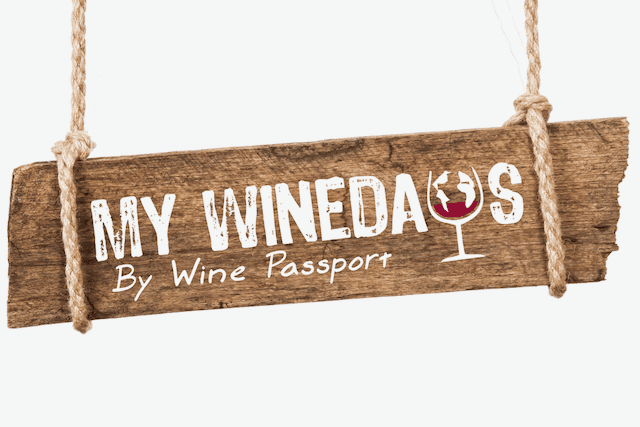Wine glasses are essential elements of every wine tastings and choosing the right glass for the right wine can sometimes be a bit tricky. In fact, a wine glass can sublimate the wine, reveal its aromas, and they can be found in all kinds and sizes.
If you’ve ever struggle to select your glasses this article is made for you! We are going to give you some advice and help you choose right.
The story of the wine glass
The structure of the wine glass
How to choose your wine glass
As we previously mentioned, the “INAO” glasses are usually suited for all the tastings.
Which glass regarding the type of wine?
You can find dozens of different shapes of wine glasses available on the market. However, if you had to choose only 3 of them, we recommend you to keep one for red wines, one for white wines and rosé and one for sparkling wines.
Red wine glasses
The red wine glass should have a container large enough to enable good aeration to liberate all the aromas. In addition to being flared towards the bottom, the top of the glass must be tightened to appreciate all the aromas at the nose and in the mouth. When serving, it is advised to not poor more than 50% of the glass.
Moreover, if you consume a concentrated wine, aeration is even more to be considered as the aromas are less volatile (for example aromas of ripe fruit and spices).
As we explained in this article you can find glass for every type of wine. In fact, the shape of the glass can have a very significant influence on the taste of the wine. If you still doubt it we suggest you to taste the same wine in different type of glass and you will notice that it will not taste the same depending on the shape of the glass. Try to taste a top-quality wine in a plastic cup. It is likely that he will lose some of his characteristics!
| Cookie | Duration | Description |
|---|---|---|
| cookielawinfo-checkbox-analytics | 11 months | This cookie is set by GDPR Cookie Consent plugin. The cookie is used to store the user consent for the cookies in the category "Analytics". |
| cookielawinfo-checkbox-functional | 11 months | The cookie is set by GDPR cookie consent to record the user consent for the cookies in the category "Functional". |
| cookielawinfo-checkbox-necessary | 11 months | This cookie is set by GDPR Cookie Consent plugin. The cookies is used to store the user consent for the cookies in the category "Necessary". |
| cookielawinfo-checkbox-others | 11 months | This cookie is set by GDPR Cookie Consent plugin. The cookie is used to store the user consent for the cookies in the category "Other. |
| cookielawinfo-checkbox-performance | 11 months | This cookie is set by GDPR Cookie Consent plugin. The cookie is used to store the user consent for the cookies in the category "Performance". |
| viewed_cookie_policy | 11 months | The cookie is set by the GDPR Cookie Consent plugin and is used to store whether or not user has consented to the use of cookies. It does not store any personal data. |

